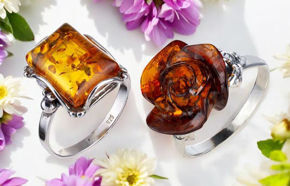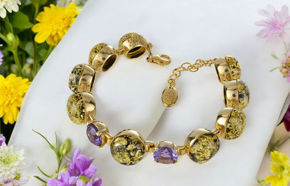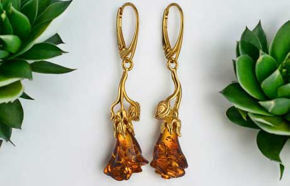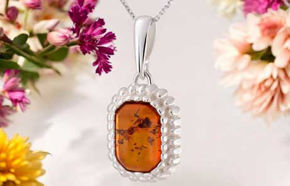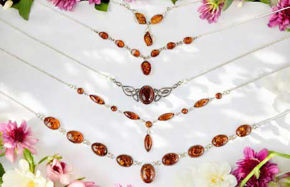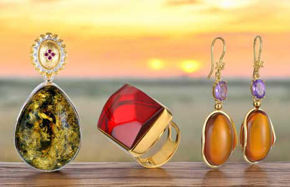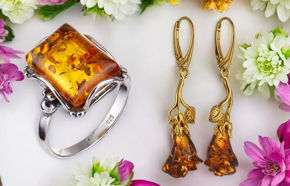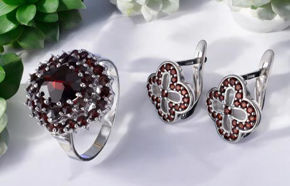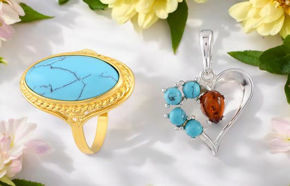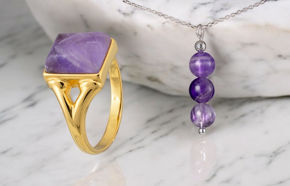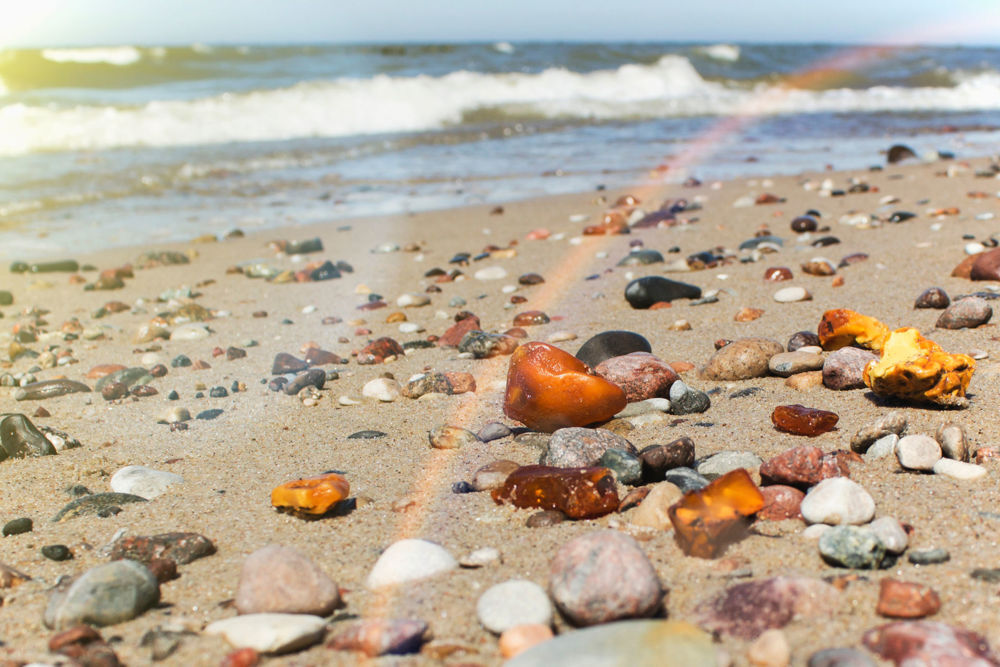
Baltic amber is a precious gemstone known for its golden warmth and natural beauty. But have you ever wondered where the raw materials for this famous amber came from? In this blog post, we will explore the fascinating history of Baltic amber and the origins of its raw materials.
Baltic amber is formed from the fossilized resin of prehistoric conifer trees, which grew in the region now known as the Baltic states (Estonia, Latvia, Lithuania) between 44-49 million years ago. The resin was secreted by the trees as protection against insect and fungal attacks, but when the trees fell and were buried under sediment, the resin was fossilized and transformed into amber. This process is known as polymerization, which takes millions of years to complete.
While Baltic amber is famous for its stunning quality and quantity, it is not the only amber source in the world. Other amber deposits have been found in countries such as the Dominican Republic, Mexico, Canada, Poland, and Ukraine. However, Baltic amber is considered the highest quality and most sought-after due to its clarity, color, and abundance.
The raw materials for Baltic amber were discovered in the early 18th century, and soon after, the region became the biggest amber producer in the world. The demand for amber reached its peak during the 19th century, when wealthy Europeans began to collect it and use it for jewelry. Today, Baltic amber is still one of the most valuable and popular gemstones, and its raw materials are sought-after by collectors, jewelers, and amber lovers all over the world.
The extraction of raw materials for Baltic amber is a complex process that involves excavation, sorting, cleaning, and polishing. Amber is mostly extracted from open-pit mines or coastal cliffs, where the deposits are found. Once the amber is extracted, it is sorted by color, size, and quality, and then cleaned to remove any debris or impurities. Finally, the raw materials are polished to reveal the stunning beauty of Baltic amber.
In conclusion, the raw materials for Baltic amber are a product of nature, created millions of years ago from fossilized tree resin. The Baltic states are the largest and highest-quality source of amber in the world, and the region has a long history of amber production and trade. Today, the raw materials for Baltic amber can be found in open-pit mines and coastal cliffs, where they are carefully extracted, sorted, cleaned, and polished. If you ever get a chance to see a piece of Baltic amber up close, take a moment to appreciate the wonders of nature and the history behind this stunning gemstone.

